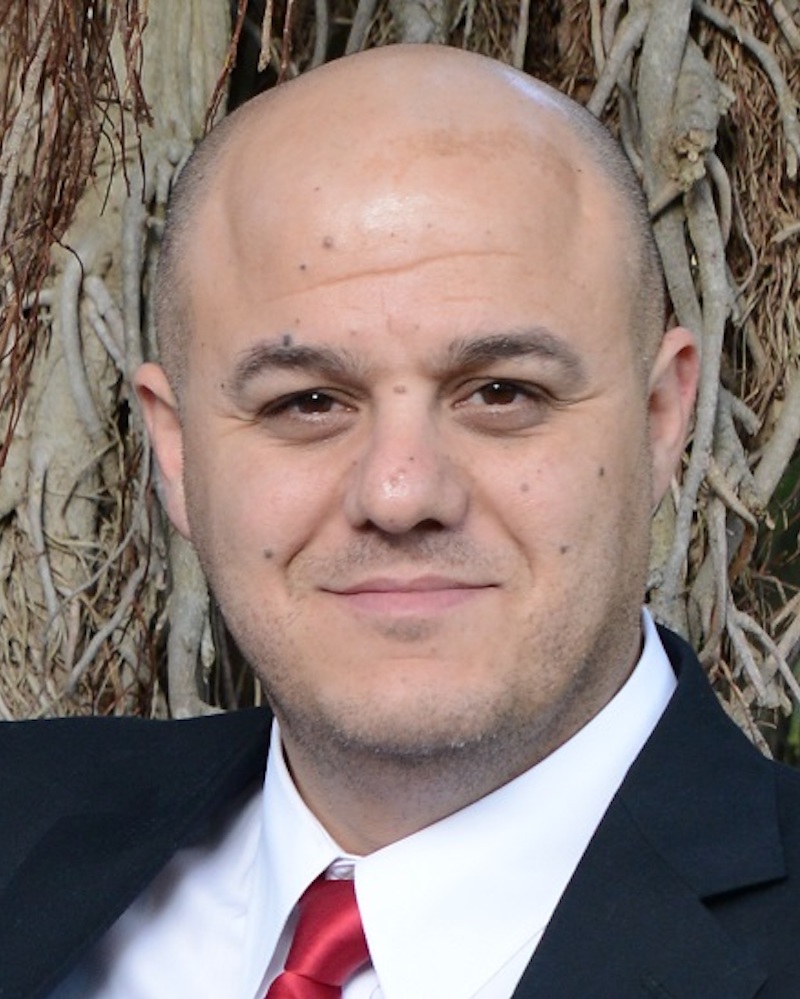Is the Human Touch Always Therapeutic? Patient Stimulation and Spreading Depolarization after Acute Neurological Injuries. Journal Article
Local Library Link: Find It @ Loyola
| Authors: | Carlson, AP; Davis, HT; Jones, T; Brennan, KC; Torbey, M; Ahmadian, R; Qeadan, F; Shuttleworth, CW |
| Article Title: | Is the Human Touch Always Therapeutic? Patient Stimulation and Spreading Depolarization after Acute Neurological Injuries. |
| Abstract: | Touch and other types of patient stimulation are necessary in critical care and generally presumed to be beneficial. Recent pre-clinical studies as well as randomized trials assessing early mobilization have challenged the safety of such routine practices in patients with acute neurological injury such as stroke. We sought to determine whether patient stimulation could result in spreading depolarization (SD), a dramatic pathophysiological event that likely contributes to metabolic stress and ischemic expansion in such patients. Patients undergoing surgical intervention for severe acute neurological injuries (stroke, aneurysm rupture, or trauma) were prospectively consented and enrolled in an observational study monitoring SD with implanted subdural electrodes. Subjects also underwent simultaneous video recordings (from continuous EEG monitoring) to assess for physical touch and other forms of patient stimulation (such as suctioning and positioning). The association of patient stimulation with subsequent SD was assessed. Increased frequency of patient stimulation was associated with increased risk of SD (OR?=?4.39 [95%CI?=?1.71-11.24]). The overall risk of SD was also increased in the 60 min following patient stimulation compared to times with no stimulation (OR?=?1.19 [95%CI?=?1.13-1.26]), though not all subjects demonstrated this effect individually. Positioning of the subject was the subtype of stimulation with the strongest overall effect on SD (OR?=?4.92 [95%CI?=?3.74-6.47]). We conclude that in patients with some acute neurological injuries, touch and other patient stimulation can induce SD (PS-SD), potentially increasing the risk of metabolic and ischemic stress. PS-SD may represent an underlying mechanism for observed increased risk of early mobilization in such patients. |
| Journal Title: | Translational stroke research |
| Publisher: | Unknown |
| Date Published: | 2022 |
LUC Authors
-
 12
12Qeadan
Related LUC Article
